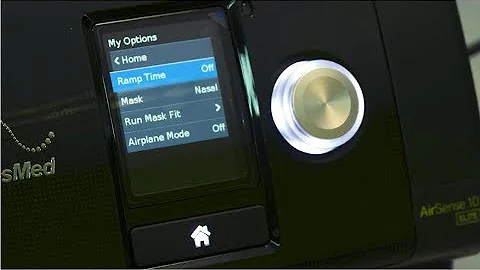Master the Art of Reading a Refrigerant Gauge Set
Table of Contents:
- Introduction
- Understanding the Refrigerant Gauge Set
- Reading the Low Side Gauge
- Reading the High Side Gauge
- The Importance of Refrigerant Identification
- Determining the Refrigerant Charge
- Troubleshooting Common Issues
- Checking for Subcooling
- Maintaining the Proper Charge
- Conclusion
Introduction
👉 Understanding How to Read a Refrigerant Gauge Set
Welcome to this guide on how to read a refrigerant gauge set. As an AC service technician, it's crucial to understand how to interpret the readings on these gauges in order to determine the proper refrigerant charge. In this article, we will walk you through each step and help you gain a clear understanding of how to effectively use a refrigerant gauge set. So, let's dive in!
Understanding the Refrigerant Gauge Set
👉 What is a Refrigerant Gauge Set?
Before we delve into reading the refrigerant gauge set, let's first understand what it is. A refrigerant gauge set consists of two gauges - the low side gauge and the high side gauge, which are used to measure the pressure in the vapor and liquid lines of an AC system. These gauges provide information about the system's refrigerant charge and help troubleshoot any issues.
Reading the Low Side Gauge
👉 Interpreting the Vapor Pressure
The low side gauge is connected to the large vapor line of the AC system. It displays the pressure inside the evaporator coil, where both liquid and vapor exist. The gauge is measured in pounds per square inch gauge (PSIG). It's important to note that zero PSIG is equal to 14.7 PSIA (pounds per square inch absolute). To determine the refrigerant charge, you need to know the type of refrigerant and follow the corresponding temperature-pressure chart.
Reading the High Side Gauge
👉 Analyzing the Liquid Pressure
On the other hand, the high side gauge indicates the pressure in the liquid line of the AC system. It is measured in PSIG as well. The high side gauge provides information about the heat exchange process happening in the outdoor condenser coil. By understanding the correlation between pressure and temperature, you can determine the system's efficiency and ensure proper heat rejection.
The Importance of Refrigerant Identification
👉 Identifying the Refrigerant Type
One crucial aspect of working with a refrigerant gauge set is identifying the type of refrigerant being used in the AC system. This information is typically found on the rating plate of the unit or the compressor. It's important to know the refrigerant type as different refrigerants have different pressure-temperature relationships. If unsure, there are methods such as temperature correlation that can help determine the refrigerant type.
Determining the Refrigerant Charge
👉 Understanding the Proper Refrigerant Levels
To assess the refrigerant charge, you need to analyze the readings from both the low side and high side gauges along with the corresponding temperature. The saturation temperature observed in the evaporator and condenser coils plays a crucial role in determining the refrigerant charge. Following the proper temperature-pressure chart, you can calculate the subcooling or superheat values to ensure the system is correctly charged.
Troubleshooting Common Issues
👉 Addressing Possible Problems
In some cases, the refrigerant gauge readings may indicate potential issues with the AC system. For example, if the saturated temperature on the low side gauge is below freezing, it could indicate a refrigerant deficiency or a restriction in the system. Similarly, if there is insufficient airflow or a malfunctioning blower motor, the low side gauge reading may drop rapidly. Troubleshooting such issues requires careful inspection and diagnosis.
Checking for Subcooling
👉 Evaluating the Refrigerant Charge Efficiency
For AC systems equipped with a thermostatic expansion valve (TXV), checking the subcooling is crucial in assessing the refrigerant charge efficiency. Subcooling refers to the temperature decrease in the liquid refrigerant from the condenser coil to the service port. By measuring the temperature difference and referring to the manufacturer's specifications, you can determine if the system is properly charged or if adjustments are needed.
Maintaining the Proper Charge
👉 Tips for Maintaining the Refrigerant Levels
Once you have determined the proper charge for the AC system, it's important to ensure it remains at the optimal level. Regular maintenance, including cleaning the condenser coils and checking for any leaks or restrictions, is crucial for preserving the refrigerant charge. Additionally, monitoring the subcooling or superheat values can help identify any fluctuations and address potential issues promptly.
Conclusion
👉 Enhancing Your Understanding of Refrigerant Gauge Sets
Congratulations! You've reached the end of our guide on how to read a refrigerant gauge set. We hope this article has provided valuable insights into interpreting the readings, identifying the correct refrigerant charge, and troubleshooting common issues. Remember, maintaining the proper refrigerant levels is vital for the efficient operation of AC systems. If you have any questions or need further assistance, feel free to leave a comment below. Keep enhancing your knowledge and delivering excellent AC service!







